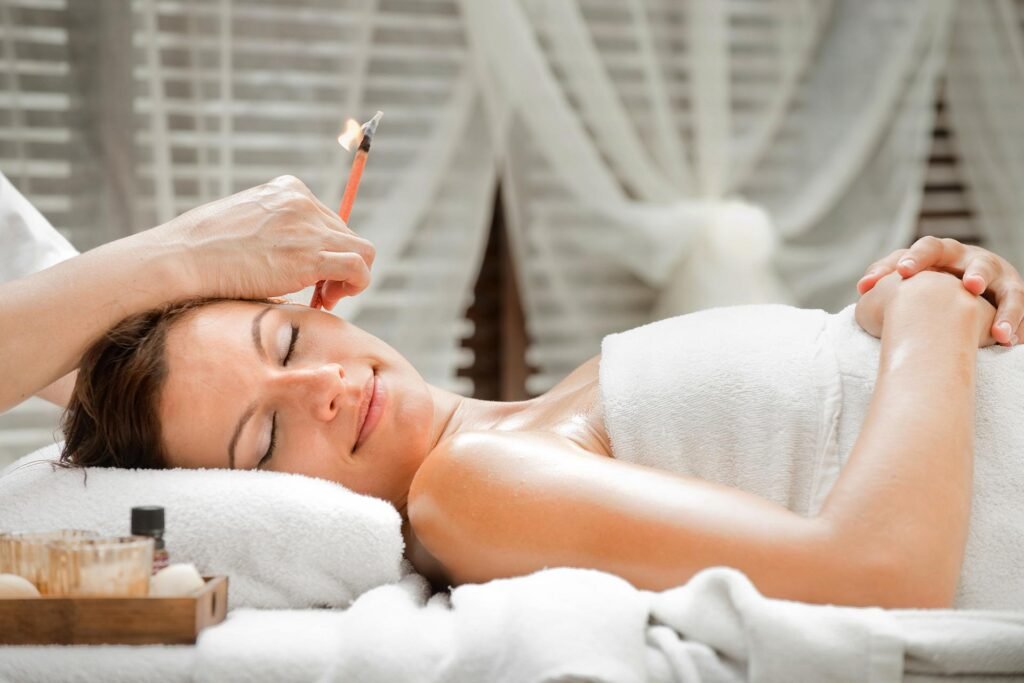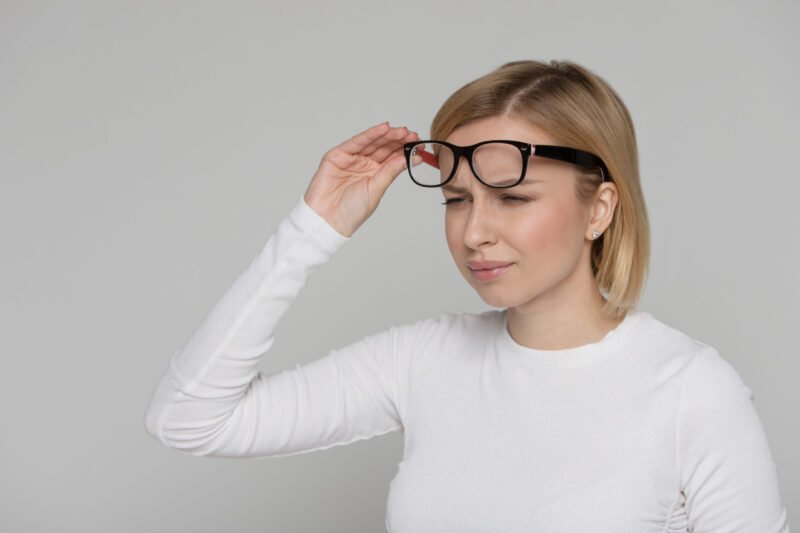Ever wondered what is going on with that mysterious substance hanging out in your ears? It is not just a nuisance; it is called earwax, or cerumen, if you are feeling fancy! This seemingly ordinary secretion has a crucial role in keeping our ears healthy and clean. But when it starts to build up or get a little out of hand, it can turn from a natural defense into a problem. Learn more as we dive into the fascinating world of earwax—how it is formed, why it is there, and the dos and don’ts of earwax removal in Singapore. From ancient remedies to modern techniques, we will explore how to safely clear out the gunk without risking your hearing. Get ready to discover why earwax is not just something to get rid of, but a key player in our ear health saga.
What is earwax?
Earwax is a combination of secretions from the ear canal’s sebaceous and ceruminous glands. It has a slightly acidic pH, which helps prevent infections by discouraging bacterial and fungal growth. Normal earwax should be soft and moist, gradually making its way out of the ear canal on its own. However, in some cases, the earwax can become too dry, harden, or accumulate in excessive amounts, leading to potential problems.
While earwax is typically a self-regulating process, certain factors can disrupt this balance. Normal earwax is often not noticeable and does not cause any issues. Problematic earwax, on the other hand, may lead to symptoms such as hearing loss, discomfort, or infections.
Symptoms of excessive earwax
Excessive earwax can manifest through a variety of symptoms. Individuals might experience hearing loss or a feeling of fullness in the ear, which can be bothersome. An earache or discomfort, itching, and irritation in the ear canal are also common signs. In some cases, people may notice tinnitus, a ringing or buzzing sound in the ears, or experience dizziness and balance issues.
If these symptoms persist despite home treatment or worsen over time, it may be advisable to consult a healthcare professional. Persistent symptoms, especially if accompanied by pain or severe hearing loss, could indicate a need for professional evaluation and treatment.
Earwax removal throughout history
Ancient methods of earwax removal varied widely across cultures, often reflecting the medical beliefs and resources of the time. One common approach was the use of oil infusion. Many ancient cultures, including the Egyptians and Greeks, employed warm oils such as olive oil to soften earwax, making it easier to remove. This method involved placing a few drops of oil in the ear, often accompanied by gentle massage to help loosen the wax.
Another technique used in ancient China and Japan was the ear scoop. Specialized tools called ear scoops or curettes were crafted from materials like metal or bamboo and were designed to scrape out earwax. These small, spoon-shaped implements were carefully used to avoid injury and to remove accumulated wax.
Ear candling was another practice among some ancient civilizations, including the Egyptians and Native Americans. This method involved placing a hollow candle in the ear canal and lighting it, creating a vacuum effect intended to draw out earwax. However, ear candling is considered unsafe by modern standards due to potential risks.
Herbal remedies were also employed in various cultures to address earwax buildup. The Greeks, for example, used mixtures of herbs and oils to alleviate ear problems, while Indian Ayurvedic medicine suggested treatments involving herbs like neem and turmeric to manage ear health. Additionally, ancient Roman physicians sometimes used warm water to flush out earwax. This technique involved a syringe-like device to gently irrigate the ear canal, helping to clear out any buildup.
These ancient practices reflect a blend of ingenuity and resourcefulness. While some methods have fallen out of favor due to safety concerns or advancements in medical knowledge, they continue to provide a fascinating glimpse into how past cultures approached ear health.
Modern methods of earwax removal
Earwax removal can be managed through various methods and each method has its own set of advantages and considerations.
- Ear drops: Ear drops that are bought over-the counter are designed to make earwax soft and easier to expel naturally. Products containing carbamide peroxide are common and work by breaking down the earwax.
- Warm water rinsing: Gently flushing the ear canal with warm water can help dislodge and remove softened earwax. This method is typically used in the shower or bath, where water pressure can aid in loosening the wax.
- Earwax removal kits: These kits often include tools like ear spoons or loops and suction devices. While they can be effective, it is crucial to use them with caution to avoid damaging the ear canal or pushing wax further in.
If you prefer professionals handle earwax cleaning for you, these are the available options:
- Ear irrigation: This procedure involves flushing the ear canal with a stream of warm water, often using a specialized device. It is effective for removing softened earwax but must be performed by a trained professional to avoid risks such as infection or injury.
- Manual removal: Healthcare professionals use specialized instruments to manually remove earwax. This technique is precise and effective for cases of severe impaction, but it requires skill and experience to minimize discomfort and prevent damage.
- Microsuction: A modern and effective technique, microsuction involves using a small suction device to gently remove earwax. It is particularly useful for patients with sensitive ear canals or those who cannot tolerate irrigation.
Risks and precautions
While earwax removal is generally safe, certain risks are associated with both home and professional methods.
- Injury to the ear canal or eardrum: Improper use of tools or home remedies can lead to injury. For instance, earwax can be pushed deeper into the canal or cause damage to the eardrum when inserting objects like cotton swabs.
- Infection risks: Using unclean methods or tools can introduce bacteria into the ear canal, leading to infections.
- Exacerbation of symptoms: Certain methods may worsen earwax impaction or other ear conditions if not used correctly.
Take note: if you have an existing ear infection, earwax removal methods should be avoided as they can aggravate the condition. Individuals with a history of ear surgeries or other medical conditions should also consult a specialist before attempting earwax removal to avoid complications.
Best practices for earwax management
Maintaining ear health involves several best practices to prevent and manage earwax issues effectively.
Regular ear hygiene, such as wiping the outer ear with a damp cloth, helps maintain ear health without causing harm. It is also important to avoid inserting objects into the ear canal. You may be tempted to use cotton swabs and other objects but remember that they can push earwax deeper into the canal or cause injury. Instead, use ear drops or consult a professional for earwax issues.
If home treatments do not alleviate symptoms or if there are signs of severe earwax impaction, you should consult an ENT specialist or audiologist, as they can provide a thorough evaluation and offer professional treatment options.
Dr Soma Subramaniam MBBCH (IRE), DOHNS(ENG), MMED-ORL(NUS), FRCS-ORL(ENG)
Consultant ENT Specialist and Surgeon
321 Joo Chiat Place #05-01 Parkway East Specialist Hospital
Singapore 427990
290 Orchard Road #09-01 Paragon Medical Centre
Singapore 238859
+65 9856 8391 (Calls Only Available During Clinic Opening Hours)
+65 9856 8391 (Messaging Only, No Calls)



